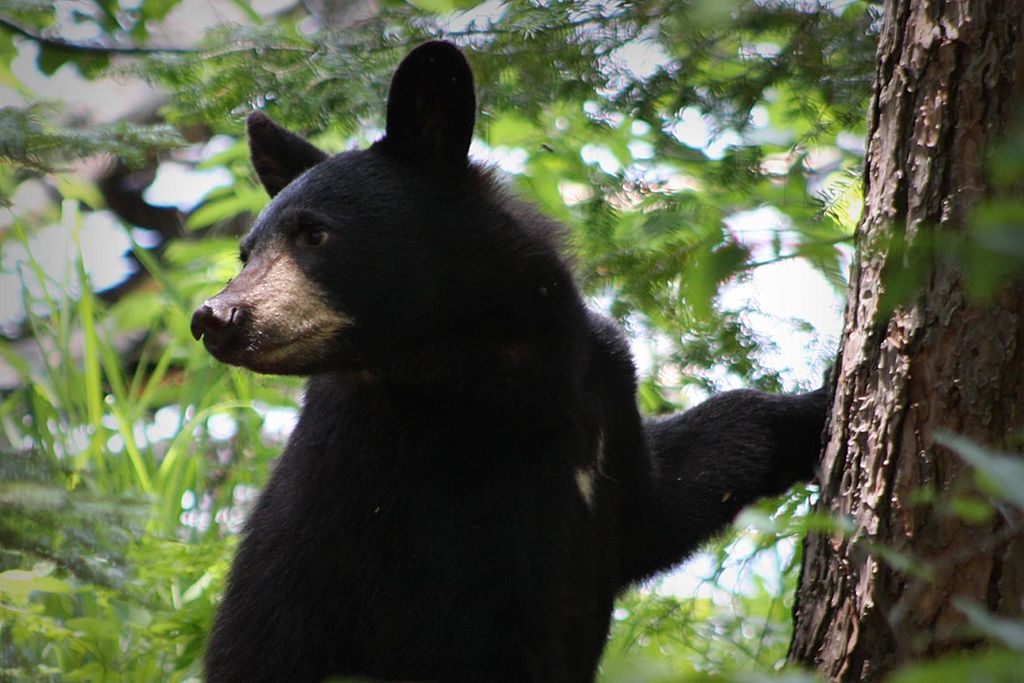Black Bear Aware: Predicting Human-Black Bear Conflict Likelihood in a Changing Climate

Black bears and humans coexist in many regions of California, but conflict often arises between bears and humans when bears are habituated to easily accessible human resources, typically for food. Habituated bears often must be euthanized or relocated by agencies like the California Department of Fish and Wildlife (CDFW), which is expensive and controversial with the general public. Management techniques that proactively discourage bears from human resources are a better option, but require accurate knowledge of both current and future conflict distribution, in order to provide resources to affected communities. Future conflict distribution may be affected by climate change impacts such as fire and drought, which alter the resources and habitat available to bears. After replicating published methodology for predicting human-bear conflict using a resource selection probability function (RSPF), this study incorporated climate (fire and drought) impacts to model human-black bear conflict in California, using conflicts reported to CDWF across California from 2016 to 2021. Including drought and fire improved the model's fit, with proximity to burn scars increasing the likelihood of conflict and more extreme drought decreasing the likelihood of conflict. The model found some areas of high conflict likelihood outside of conflict reports recorded by CDFW, especially along California's central and south coast regions. These areas were found to have larger minority and socially vulnerable populations than areas that commonly report conflict. Predicted conflict risk hotspots in 2030 shift south and inland, concentrating north of Sacramento and along the southern coast. These results can help California's wildlife managers better allocate existing resources to communities currently experiencing conflict and take proactive measures in communities projected to experience high conflict in the future.
Acknowledgements
UCSB Bren School of Environmental Science and Management: Sarah Anderson, Professor; Ashley Larsen, Associate Professor; James Frew, Professor Emeritus; Rae Wynn-Grant, Affiliated Researcher; Max Moritz, Adjunct Professor; Kat Le, Technical Applications Manager
California Department of Fish and Wildlife: Alexander Heeren, Research Scientist, Human Dimensions of Wildlife Conservation; Jessica West, Regional Human-Wildlife Conflict Specialist; Ryan Leahy, Statewide Human-Wildlife Conflict Specialist; Victoria Monroe, Senior Environmental Scientist Supervisor, Conflict Programs Coordinator
Kate Malpeli, Biologist, National Climate Adaptation Science Center, USGS
Isaac Park, Research Scientist, UCSB Ecology, Evolution, and Marine Biology Department
Jason Hagani, Spatial Data Analyst /Biologist, Suisun Resource Conservation District
Dipaola Foundation